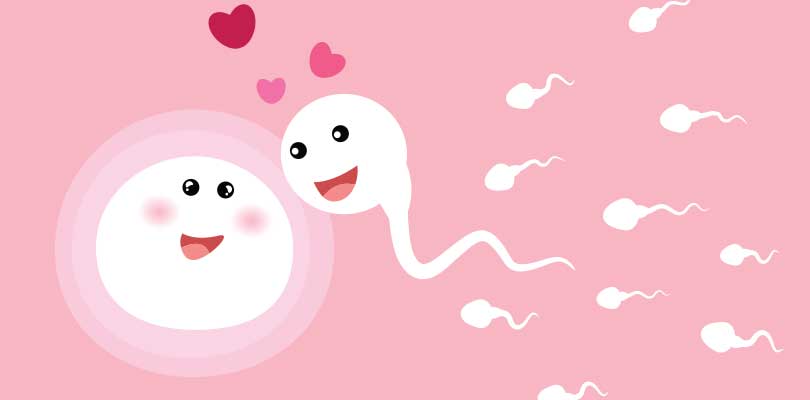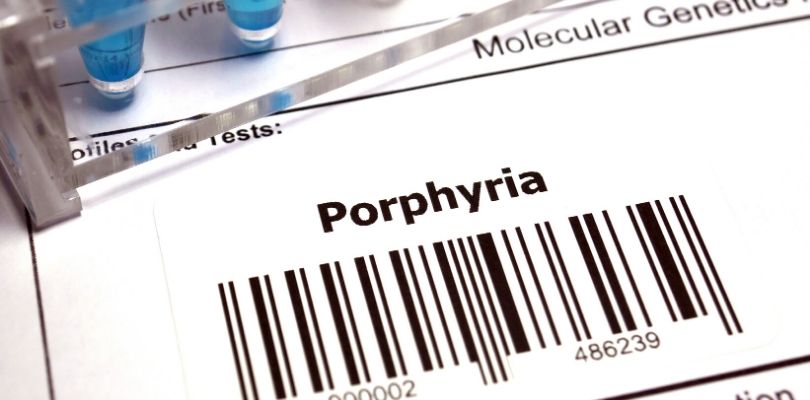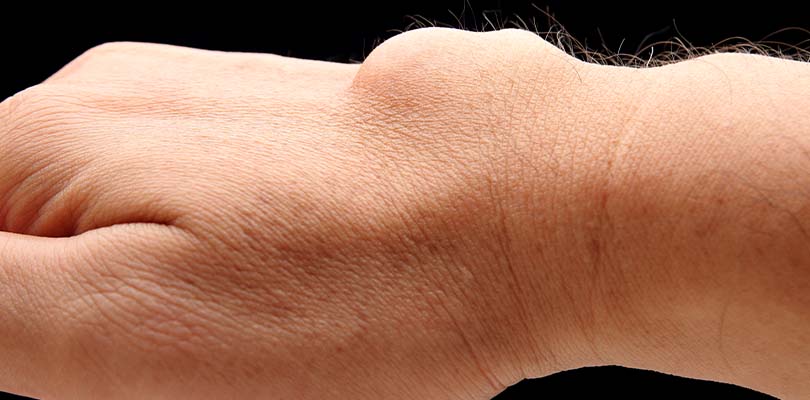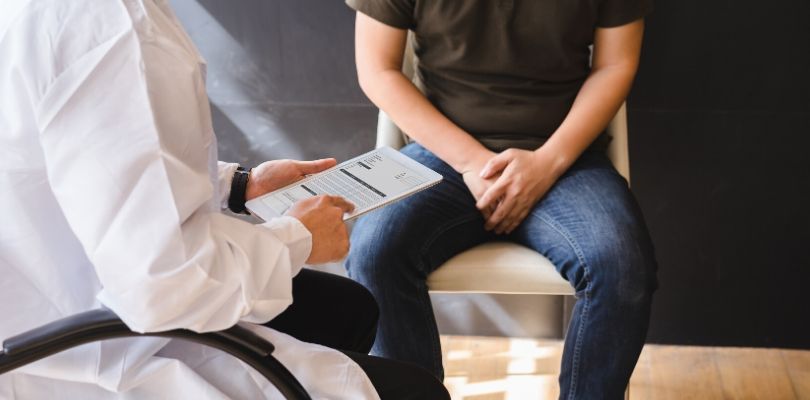How to Recognize Signs of Ovulation
Have you ever wondered, “when do you ovulate?” If you’re sexually active, it’s important to know, especially if you are trying to get pregnant, or vice versa.
If you’re not using contraception, you have about a 20 percent chance of becoming pregnant during each menstrual cycle, although this figure can fluctuate extensively based on an individual’s body. This percentage is astoundingly high given the fact that you can only get pregnant around the time of ovulation, which is a brief window every month when an egg is released and ready for fertilization.
While this window may be brief, sperm remains viable in the body for 3–6 days meaning you can still get pregnant if you have sexual intercourse a few days prior to ovulation.
In this article we’ll discuss ovulation in detail, so you have a better understanding of this natural process.
What is Ovulation?
At the start of puberty, your ovaries accommodate about 300,000 eggs. The majority of these eggs don’t mature to ovulation. In fact, you only ovulate about 300 eggs during your lifetime. Reproductive hormones work together to activate the ovaries to release an egg every menstrual cycle.
Several immature eggs, also called oocytes, start to grow and react to these hormones. Contrary to the assumption that eggs in the ovary mature within a month, oocytes develop over a period of several months. They pass through several stages until they are either ripe for ovulation or remain dormant. Typically only one mature egg is released during ovulation, although it is possible for multiple eggs to be released.
As the ovaries get ready to discharge an egg, hormones trigger changes in the endometrium (the uterine lining) to prepare to accept a fertilized egg. If the egg is fertilized this egg implants into the uterine lining; if the egg isn’t fertilized, the lining sheds during your menses.
You might assume that each ovary has its turn to ovulate every other month, meaning the right ovary ovulates this month and then the left ovary ovulates the next month. However, ovulation takes place on whichever side has the highest number of viable ova or ovum that month. As such, instances of one ovary ovulating substantially more frequently than the other are common in some women.
When Do You Ovulate?
Ovulation times vary, but it typically occurs between day 11 and 21 of your menstrual cycle. If you have a 28-day cycle, you might assume that ovulation happens on day 14 but this isn’t necessarily true. One study revealed that less than 10 percent of women with a 28-day cycle actually ovulate on day 14.
Normally, every woman has a fertile window of between two and three days that come before ovulation. Assuming that ovulation happens somewhere from day 11 to day 21, this super fertile window can come as early as the ninth day of the cycle, or as late day 22.
For this reason, if you’re hoping to become pregnant, it’s important to keep track of your cycle with an ovulation calculator, and monitor for signs of ovulation, which we’ll discuss below.
Why Do You Ovulate?
Ovulation is an important phase of the menstrual cycle that results in the release of a fully developed egg from the ovary. It’s a critical physiological process for fertility, but it’s also instrumental in enhancing your overall health.
The absence of ovulation, commonly known as anovulation, not only leads to infertility but may also be an indication of an underlying health condition such as polycystic ovarian syndrome (PCOS), pituitary tumor, and/or hypothyroidism. Moreover, lack of ovulation may lead to deficient progesterone levels, which may trigger bone loss and heavy menstrual bleeding.
You can go to any number of websites for signs of a drinking problem but many of these symptoms can be divided into a few clear patterns.
The Ovulation Cycle
The process of ovulation is characterized by hormonal changes that occur throughout the menstrual cycle and is comprised of three phases:
The Follicular or Periovulatory Phase: In this phase, a layer of cells surrounding the ovum starts to develop a mucus-like substance and expand, and the thickening of the endometrium begins.
The Ovulatory Phase: During this stage, reproductive hormones are secreted and create a stigma or hole. The ovum and its chain of cells leverage the stigma to relocate to the fallopian tube. This is the fertile window and typically lasts between 24 and 48 hours.
The Luteal or Postovulatory Phase: Secretion of luteinizing hormone (LH) happens during this phase. A fertilized egg implants itself into the womb, while an unfertilized egg gradually stops secreting hormones and liquefies within a day. The endometrium starts to break down as well and gets ready to leave the body during menses.
Signs of Ovulation
Below are the major signs of ovulation that you should monitor, especially if you’re trying to get pregnant:
- A slight decrease, followed by an increase, in your basal body temperature
- Softening and the opening of the cervix
- Production of clear and thin cervical mucus with an egg white consistency
- Mild cramps or a minor twinge of pain in your lower abdomen, typically felt on one side
- Increase in sex drive
- Slight vagina or vulva swelling
- Presence of light spotting
How Can You Monitor Your Ovulation Cycle?
Keep an Eye on Your Calendar
Tracking your menstrual cycle symptoms over a few months can help you understand what to expect every month. Alternatively, you can use apps or an online ovulation calculator to determine your ovulation window. However, keep in mind that if you have an irregular menstrual cycle, you’ll need to monitor for ovulation symptoms more closely.
Pay Attention to Your Body
About 20 percent of women know when they are ovulating because they’re acutely aware of their body and notice signs such as slight lower abdominal cramps on the side of ovulation, and an increase in cervical mucus.
Monitor Your Temperature
Monitoring your basal body temperature and keeping a detailed record is another effective strategy for predicting your ovulation. Before ovulation, your temperature will be consistent. However, as ovulation approaches, you’ll notice a slight dip in your temperature, followed by a sharp rise after ovulation.
Keeping track of your basal body temperature correctly over several months can help you predict when ovulation will happen.
Overview
Ovulation is a normal body process that is necessary for fertility and overall health. If you’re looking to become pregnant, keeping track of your symptoms can help you figure out you’re your body is ovulating, which will help to increase your chances of conceiving.







